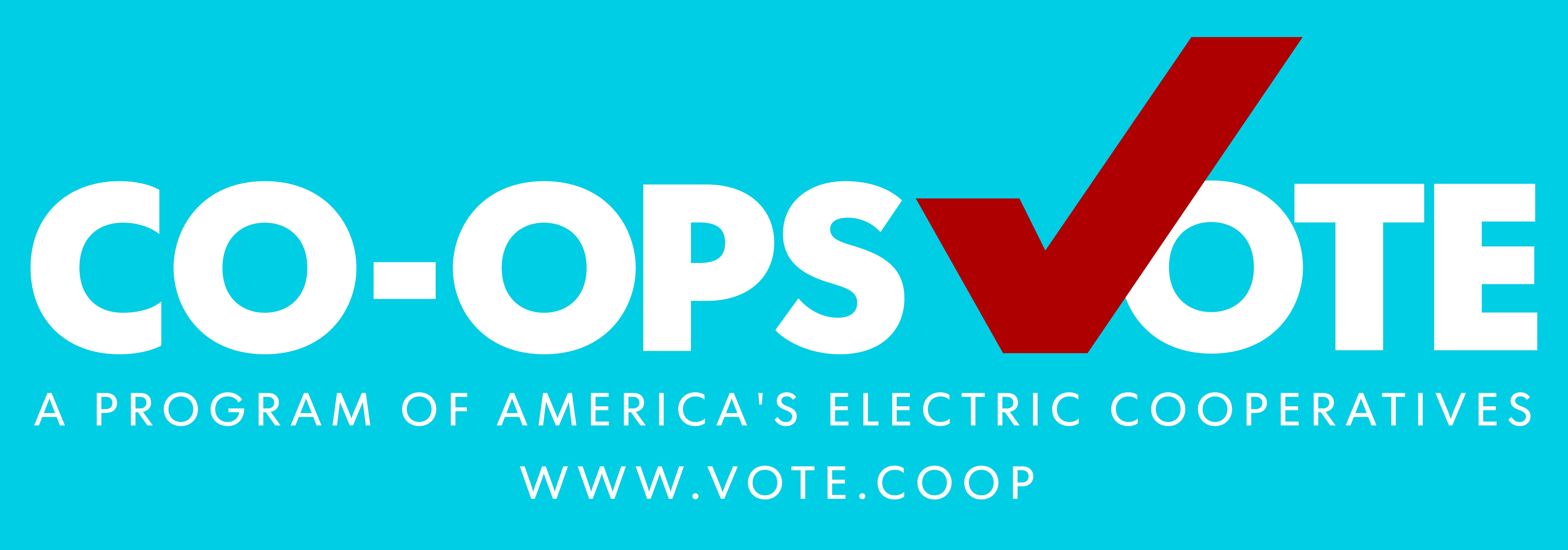Member-Owned Cooperative
While burying power lines can enhance reliability in certain scenarios, it is not a universally applicable solution. The decision involves complex trade-offs among cost, infrastructure flexibility, fault detection, and overall impact on our community. As your member-owned cooperative, we carefully evaluate these factors to make the most practical and economically feasible choices for our infrastructure. Our commitment is to serve the best interests of our members, continuing the legacy of service and dedication that began in 1938.
Economic Viability
As a member-owned cooperative established in 1938, our roots go back to a time when rural areas were often overlooked by for-profit utilities due to the high costs and low financial returns associated with servicing sparsely populated regions. When possible, we bury new lines in new neighborhoods; however, the significant initial investment and ongoing maintenance costs associated with converting our entire infrastructure to underground lines would be cost-prohibitive for a local not-for-profit electric distribution cooperative.
Infrastructure Flexibility
Overhead lines offer more flexibility for upgrades and expansions. As a cooperative, we must adapt to changing demands and technological advancements. This adaptability is more feasible with overhead infrastructure, allowing us to efficiently and cost-effectively respond to the needs of our community. This flexibility is crucial as we modernize our grid and integrate new technologies to serve our members better.
Fault Detection and Repair
With overhead lines, faults can be identified and repaired more quickly. This rapid response is vital in minimizing outages and restoring service to our members as swiftly as possible. Underground lines can suffer from issues like water ingress while protected from some elements. When faults occur in underground systems, they require extensive work to locate and fix, leading to longer outages. Quick fault detection and repair are essential in maintaining the reliability and service our members depend on.
Historical Context
Our cooperative was developed in 1938 because for-profit utilities were unwilling to invest in the infrastructure to bring electricity to rural areas. We were created to serve our community, providing reliable and affordable power where others would not. This mission continues today, and our decisions are guided by the principles of cost-effectiveness, reliability, and service to our members. The choice between overhead and underground lines is made with these priorities in mind, always seeking to balance innovation with practicality and fiscal responsibility.



